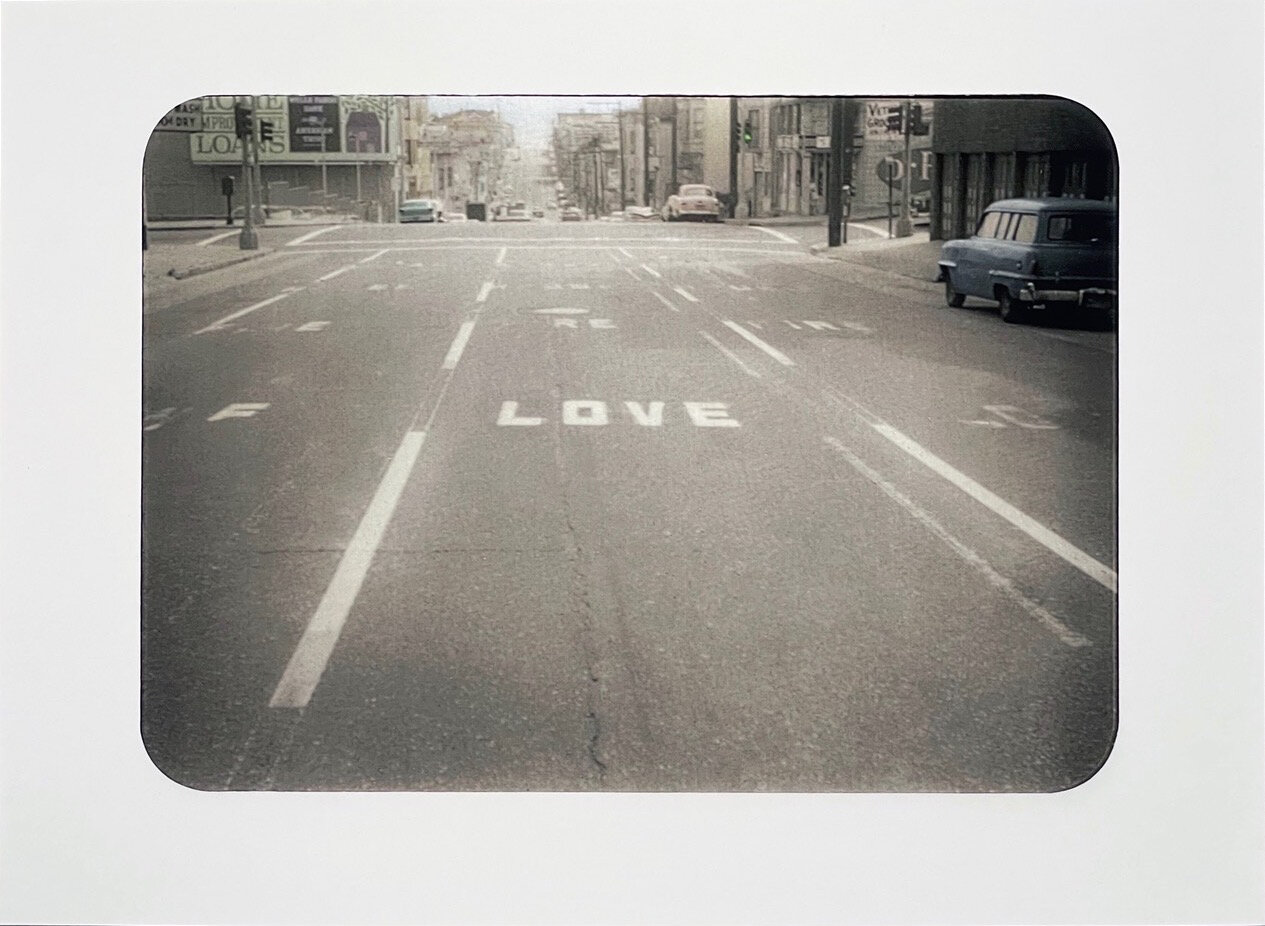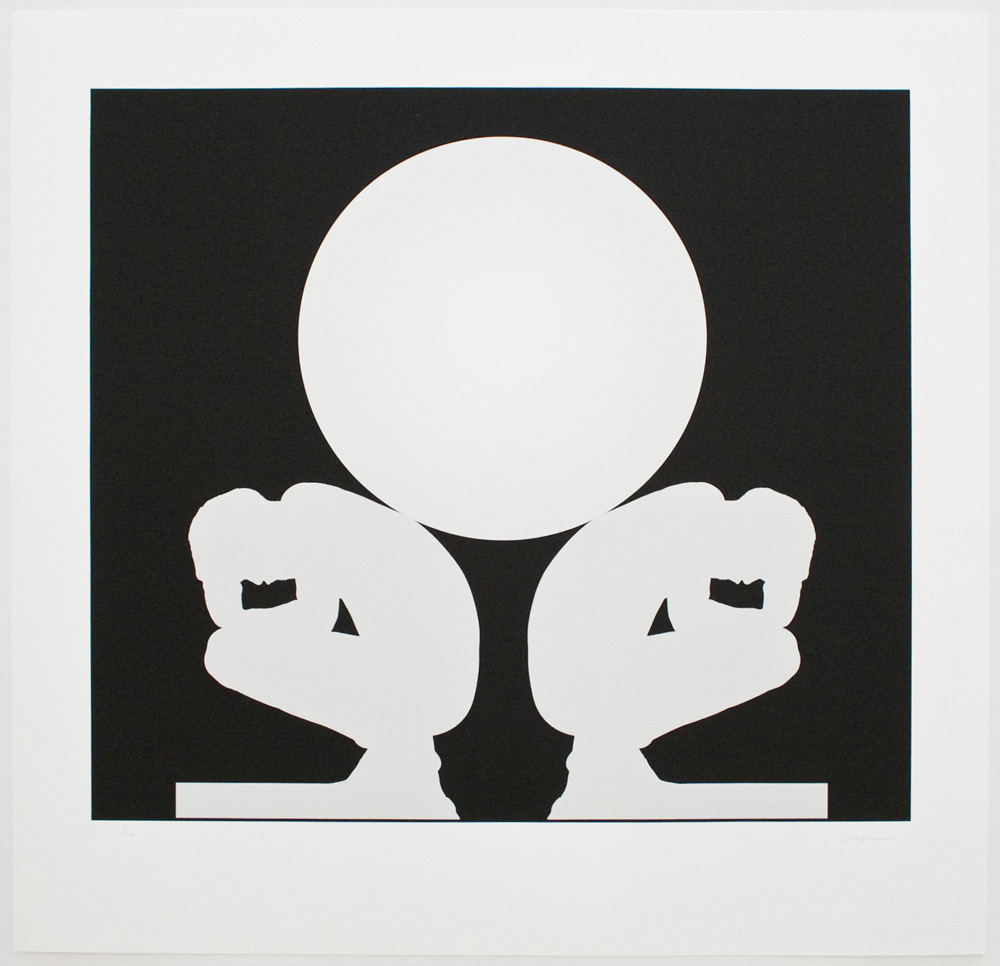Bruce Conner
Betsy Senior Fine Art is pleased to be the exclusive representative of the prints of Bruce Conner from the Conner Family Trust. Featured on this page is available prints and editioned photographs, an essay about Bruce Conner, and a catologue of his prints.
Bruce Conner
About Bruce Conner
Betsy Senior Fine Art is pleased to be the exclusive representative of the prints of Bruce Conner from the Conner Family Trust.
Bruce Conner (1933-2008) was born in McPherson, Kansas and moved to San Francisco in the late 1950s where he became a pivotal figure in the Beat scene of poets, writers, artists and performers. Active in all media, including painting, collage and assemblage, sculpture, graphic arts, filmmaking, and photography, Conner brought a radical and iconoclastic approach to art-making, questioning and rejecting ideals of artistic purity, style, and identity, as well as the market-driven dynamic of the art world.
Linking the artist’s extensive graphic oeuvre to his work in other media is a command of light and shadow that permeates images hovering between fugitive and eternal, fantasy and reality. The retinal effect of his starkly monochromatic drawings of the 1960s and 1970s is achieved through the use of densely woven lines, creating highly complex shifting patterns. Formally rigorous, these maze- like drawings negate external references and dissolve figure/ground boundaries. Often structured by circular mandala forms, they attest to the artist’s deep knowledge of occult and Eastern philosophies. Conner’s immersive felt-tip drawing process took on a performative aspect as the artist spent continuous hours making them, never lifting pen from paper in order to produce a graphically uninterrupted line.
In 1970, concerned about the fugitive nature of his felt tip drawings, Conner initiated the meticulous reproduction of the images at Kaiser Graphics, a commercial printer in Oakland, California. Believing hand-drawn and inked lithography interfered with the precision of his imagery, the artist chose a commercial offset process, flouting print world conventions by using photomechanical rather than fine art printing. The process, however, allowed him to amend flaws in the original drawings and create improved compositions. This led to the production of some one hundred prints, from small, single sheets to suites of up to twenty-five related panels (titled SET OF THREE, SET OF FOUR, etc.). The sequential relationship between one drawing and another - the unfolding of form to form - is preserved to great effect in the thematic organization of the print portfolios.
In the mid-1970s and continuing sporadically for the rest of his career, Conner produced inkblot drawings of startling variety and innovation: grids of small, calligraphic shapes executed by blotting small puddles of ink between the folds of accordion-pleated sheets of paper. Totemic and enigmatic, these rows of symmetrically arranged patterns read as documents scripted in a mysterious language.
Drawings and prints of later years are credited to “Anonymous” and “Anonymouse”, two of several alter egos invented by Conner to manipulate the idea of artistic identity and authorship. Images inspired by nature, Leaf September 11-December 7, 2001, and Dark Leaf, relate to elegiac drawings the artist made in response to the 9/11 attacks. Other prints relate to film projects or collage pieces, such as BOMBHEAD, originally conceived as a collage and later transferred and produced as an inkjet print. An outlier in the exhibition, the imagery harkens to Conner’s groundbreaking films of the 1970s such as Crossroads, 1976.
Another notable print series dating from 1971 is titled DENNIS HOPPER ONE MAN SHOW The genesis for this print project dates back to the late 1950s, when Conner began a series of paper collages using fragments of 19th-century engraved illustrations styled on those by French Surrealist Max Ernst. Conner’s collages depict a surreal, hallucinatory universe populated by images of flora and fauna, machine parts, and disembodied figures. His use of disparate appropriated and recycled materials parallel the techniques used to make the films and assemblages for which he is well known. Interested in shifting personas and subverting traditional notions of authorship, Conner attributed this body of work to his friend and fellow Kansas native, Dennis Hopper. The unwillingness in the mid-1960s of his Los Angeles dealer Nicholas Wilder to exhibit the work under another’s name, as well as Conner’s refusal to reveal his own identity, led to their relative obscurity during this time period.
A decade later, these collages became the source material for a series of photo etchings produced with Kathan Brown at Crown Point Press in Oakland, CA and published in 1971-73. In a performative full- circle, Conner returned the collages to their original printed state, producing twenty-six etchings bound in three black leather volumes and titled collectively DENNIS HOPPER ONE MAN SHOW VOLUMES I–III. Conner printed a limited number of unbound etchings, which will be on view in the exhibition. Acting simultaneously as artwork and as foil for a larger conceptual project, this series is considered by many to be among Conner’s major works.

























